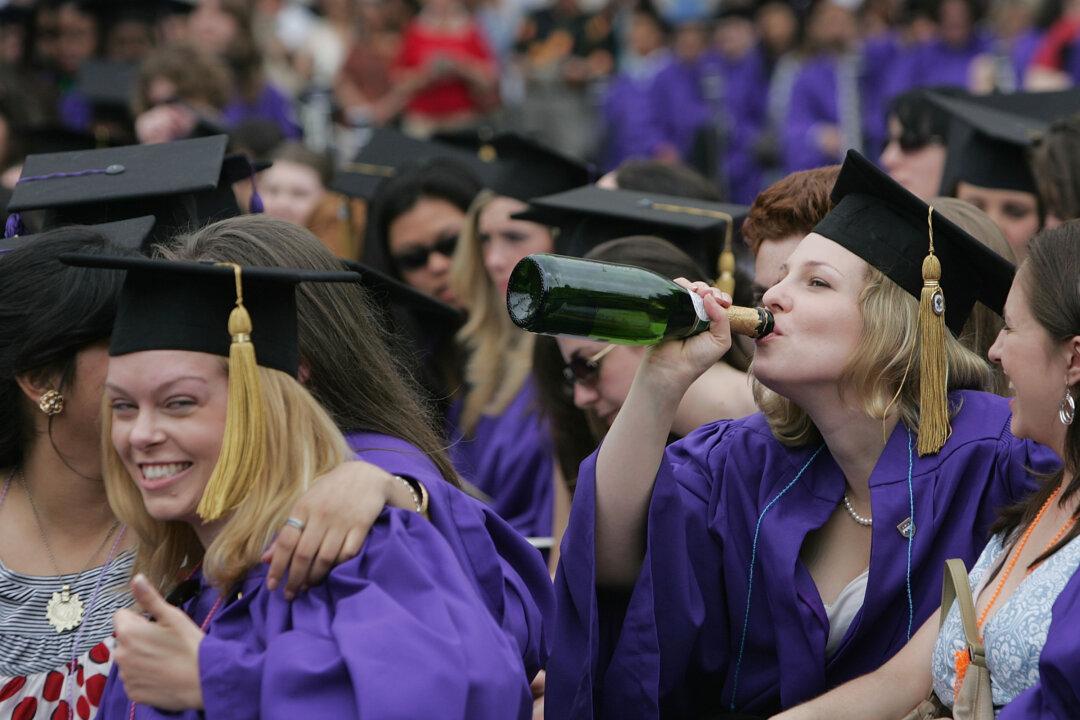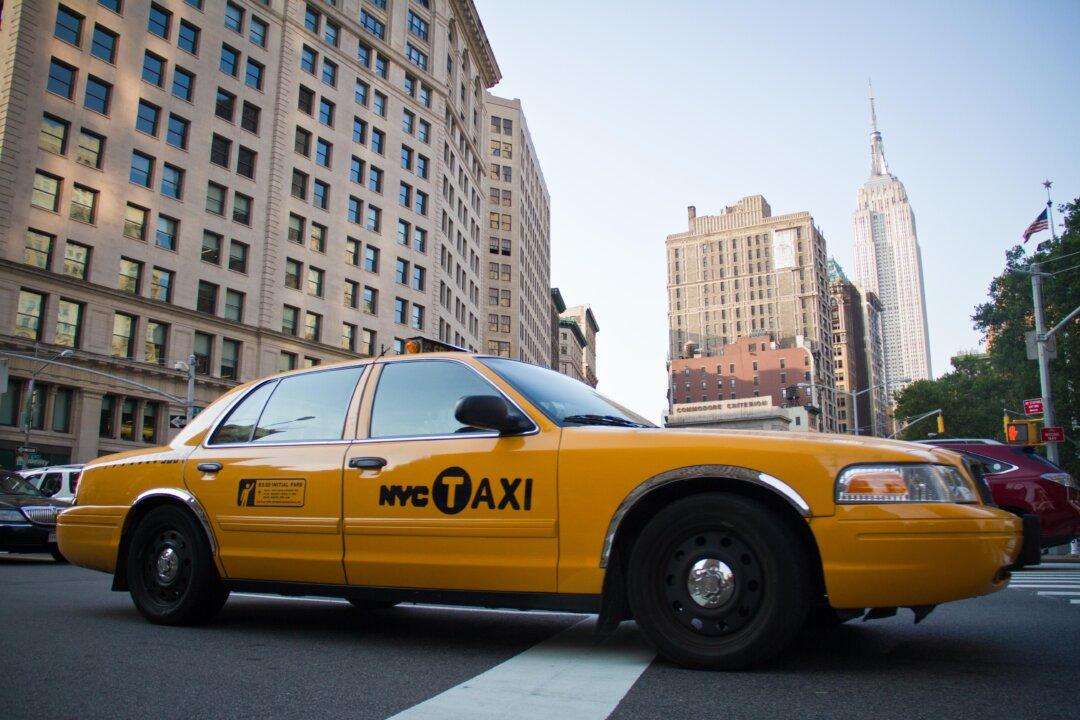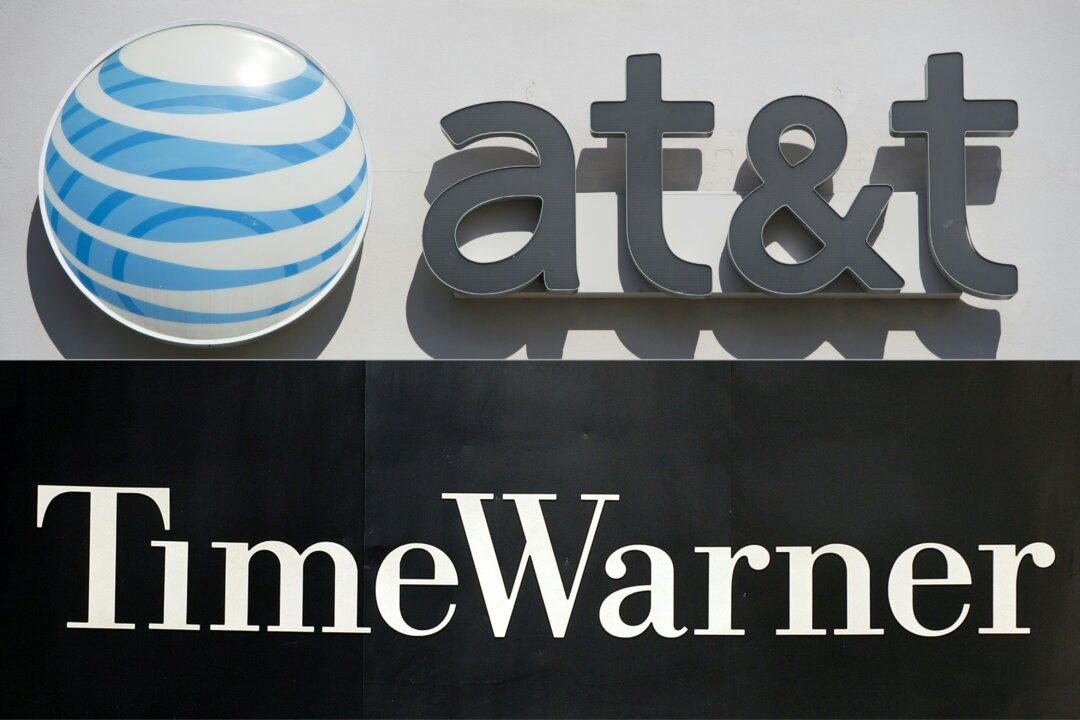Should everyone go to college?
Last year, Sen. Bernie Sanders (I-Vt.) introduced the College for All Act, which would federally fund states to reduce tuition to zero at all public colleges and universities. Like other recent big-ticket proposals from the left, it’s a blunt instrument, willfully throwing away important information about students and job opportunities in favor of a big, centrally planned initiative.





